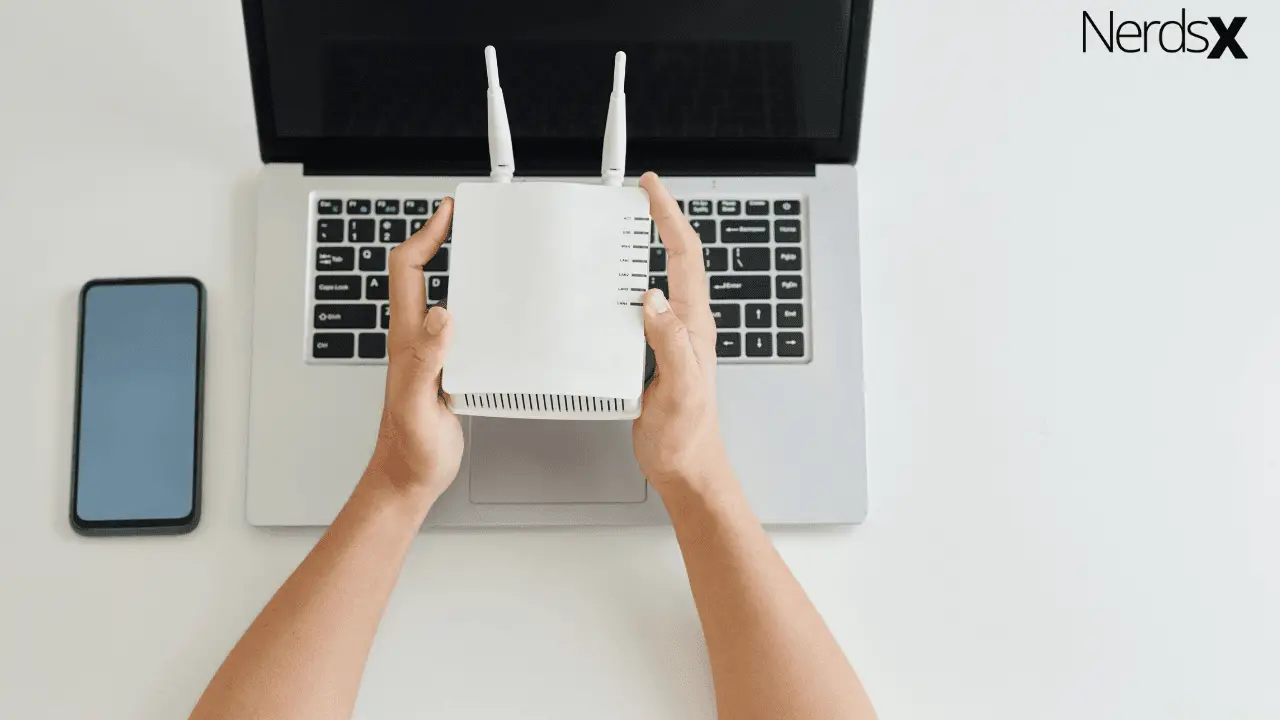We live in a time where the Internet has taken over our life. We use the Internet to operate our smart homes from our gadgets, and it influences practically everything we do. However, keeping track of children, students, or employees on the Internet may be difficult, especially now that everyone knows how to wipe their browsing history.
Although you may fail to see the content, you may verify the IP addresses of the visited sites to gain insight into their internet activities. You may accomplish this using a Wi-Fi history reader or by going to your PC and looking at the router’s log.
Is It Possible For My Parents To Check my Wi-Fi Browsing History?
Yes, Wi-Fi routers maintain logs, and Wi-Fi owners can see which websites you visit. Thus your Wi-Fi surfing history isn’t concealed at all. Wi-Fi administrators may view your browsing history and potentially intercept your sensitive data using a packet sniffer.
How To Check The Wi-Fi Router History For Visited Websites As A Parent
Step One:
1. Type your IP address, an 8-digit number, into your PC browser. This number may be discovered by manually inspecting the router.
2. Type CMD in the Run box.
3. Select OK.
4. Use IPCONFIG/ALL command and allow your order to be executed by the Command Prompt. Select Default Gateway from the drop-down menu. In addition to Default Gateway, your IP address is a string of numerical digits.
Copy and paste these numbers into a web browser to access the router settings.
Step two:
1. Depending on the type of router you have, you will be sent to the router’s dashboard after inputting the IP address.�?
2. Log in using your admin credentials. These can be found in the handbook or at the bottom of your wireless router.
Step Three:
1. On the homepage of your router dashboard, you’ll find the Wi-Fi history viewer and log settings. Check the history of your router now.
2. Determine the IP addresses of all connected devices before scanning the logs. Depending on your device, look under Attached Devices or another name.
3. The log will contain the following vital information: Date and time of entry Source IP, which is the IP address of the device that began the search, and Target address, which is the IP address or website name that was visited, whether access was prohibited or granted.
Wi-Fi Router History Limitations�?
A router may not see the specific information of the websites getting accessed; this is because multiple servers on different sites may share IP addresses, which may be identical.
An IP address is a code used to identify computers, similar to a Social Security number.
You’ll need an IP address lookup tool to check for IP addresses. The command-line utilities “dig” and “host” are used on Mac and Linux, whereas “nslookup” gets used on Windows.
Online programs are also available to decrypt the IP address and convert it to a form that the human eye can read.
Due to encryption, the router cannot read the files, websites, or photos visited by PCs and devices on your Wi-Fi network.
You can understand which sites were visited, but you can’t establish what material got viewed.
Can Wi-Fi Owner See What Sites You Visited Incognito?
Incognito mode is a browser feature that allows you to browse the web anonymously. When you use incognito mode, your browser will remove all data stored on your computer after your session. All saved data includes search history, cookies, and personal information such as emails and passwords that you provide on online forms.
It is preferable to utilize incognito mode when browsing the Internet on a public library computer or a friend’s laptop. As a result, the last input information will not be visible to the next person who uses your computer.
However, the incognito mode will not completely protect your surfing data because there may be security flaws unnoticed by the internet security team; this raises the following question.
Is it possible for the Wi-Fi owner’s parents�?to see what sites got visited in incognito? Unfortunately, the answer is YES.
Ways Children Hack Parental Controls To Hide Online Activities
Your teen is just as tech-savvy as you are, if not more, even if you’ve put up parental restrictions on your gadgets. They’ve grown up in a digital space where second nature is accessing the Internet and using social media. They can disable a pop-up blocker or wipe their browser history with ease. So, if your initial safety safeguards aren’t working, how can you protect them from the Internet?
Fortunately, by learning how parental controls operate, you can prevent your children from circumventing them. Here are seven ways your adolescent might avoid the parental controls you’ve put in place.
1. Proxy Sites And How They Work
A web proxy is a tool that allows you to hide your IP address from the websites you visit.
Proxy sites, like other search engines, are simple to use. If a kid is restricted from viewing a website, they may type the address into a proxy site search engine, and the request will be sent to an external server. They can access the site without leaving any record that they did so.

What Should You Do As A Parent?
If you’ve blocked a website using filters or parental controls, it won’t be detected if you browse it over a proxy service. However, you can’t disguise that you went to a proxy site. Keep an eye out for URLs that include the word “proxy.” Many filters automatically block the most popular proxy sites.
These proxy sites not only allow teenagers to access restricted information, but they also expose your computer to security risks. Malware or malicious advertising infects many of them. You must be aware of these proxies to keep your children and gadgets secure.
2. VPNs And How They Work
A virtual private network (VPN) can reroute your traffic through an external server, similar to a proxy service. The difference is that a proxy site can only send web traffic through a server, but a VPN can send all of your network traffic through it. Your children may encrypt their searches using a VPN, making them untraceable.
What Should A Parent Do?
VPNs are challenging to detect since your router will not display a new IP address, and your broadband provider will not have access to your browsing history. You won’t be able to see what websites your teen visited.
Asking your child if they use a VPN is one method to find out. It might be a clue that they’re getting around your security if they’re familiar with how they operate. Another option is to look for any signs of the VPN. If it doesn’t get set up correctly, there might be a VPN leak. You may also look at your billing statement to see whether they’ve purchased�?a VPN.
3. DNS Programs
Because it contains all of the information for domains, the Domain Name System (DNS) gets referred to as the Internet’s phonebook. Any site’s IP address may be found with a short search. Many parents utilize software to control which sites their children may view at home. Teens can get around these safeguards by using other public DNS servers or setting up their routers.
What A Parent Should Do?
To avoid this scenario, make sure your passwords are protected. Check your DNS program’s reports to see whether they match your teen’s behavior. If they use Instagram often, but there’s no evidence of this, they may have avoided your DNS.
4. Private Browsing Mode�?
Private browsing modes, such as InPrivate or Incognito, allow users to surf without tracking their browser history. When attempting to access inappropriate websites, kids frequently utilize this to confuse parents.
What Should A Parent�?Do?
Safe search tools and parental controls are typically still in effect when searching in private mode. The places that have been identified will remain off-limits. Furthermore, private browsing isn’t as private as you or your child believes. Other browser add-ons and plugins may still be saving information. Monitoring software, such as parental controls, may potentially track and monitor your activities.
5. Internet Doorways
Apart from search engines, Internet doors refer to the many methods you may enter the Internet. Apps and video games with Internet connectivity are examples of non-traditional approaches. Many applications offer search functions that allow you to explore the Internet without filters. Search functions may also be seen in video games.
What Should A Parent Do?
Be aware of all of your teen’s Internet access options. Many parental control tools will notify you of your child’s app usage. Look into the applications and get tips on how to keep your child safe on sites like Snapchat and Facebook. Don’t forget to bring out the hazards of social media fraud.
Conclusion
The Internet has become an integral component of our daily life. We utilize it for various reasons, but it may make children unproductive if left unchecked. The greatest thing you can do to prohibit specific persons from viewing particular websites is to use filters. At the same time, you could be curious if any devices tried to get around the filters.
A simple browser history check will not reveal as much information about the visited sites as logging into the Wi-Fi router’s history. It may not provide all of the information, but it will provide you with the IP addresses of each visited site as well as the actions made by the Internet.

